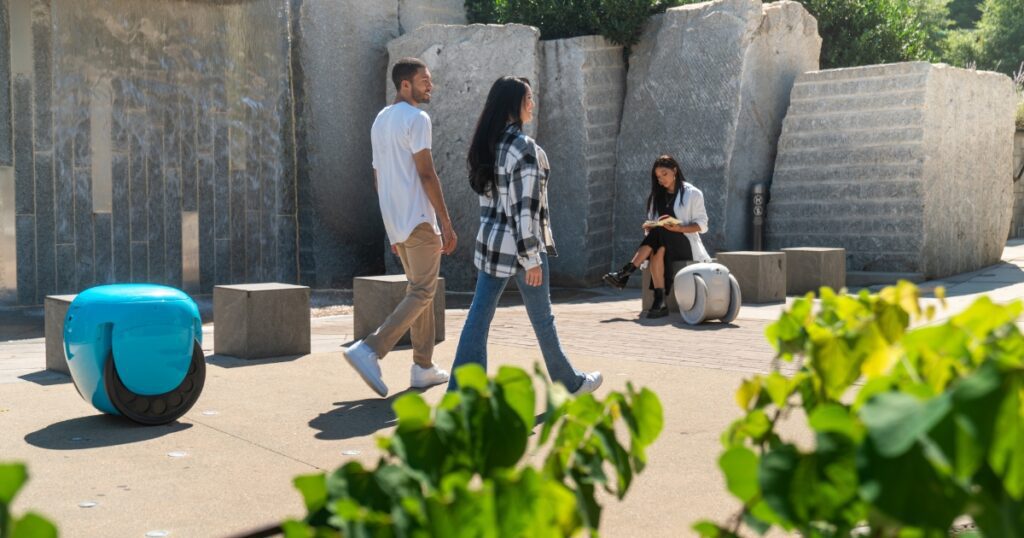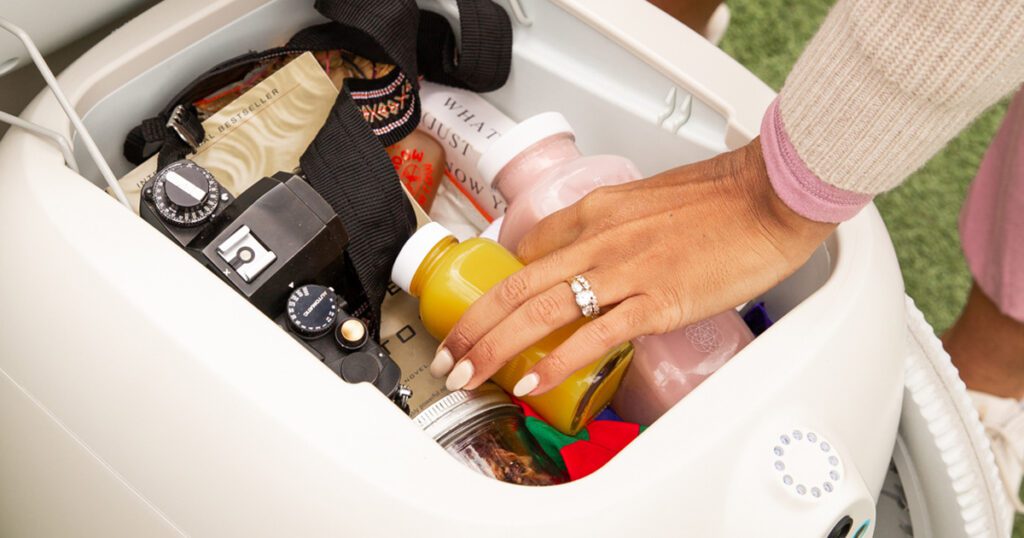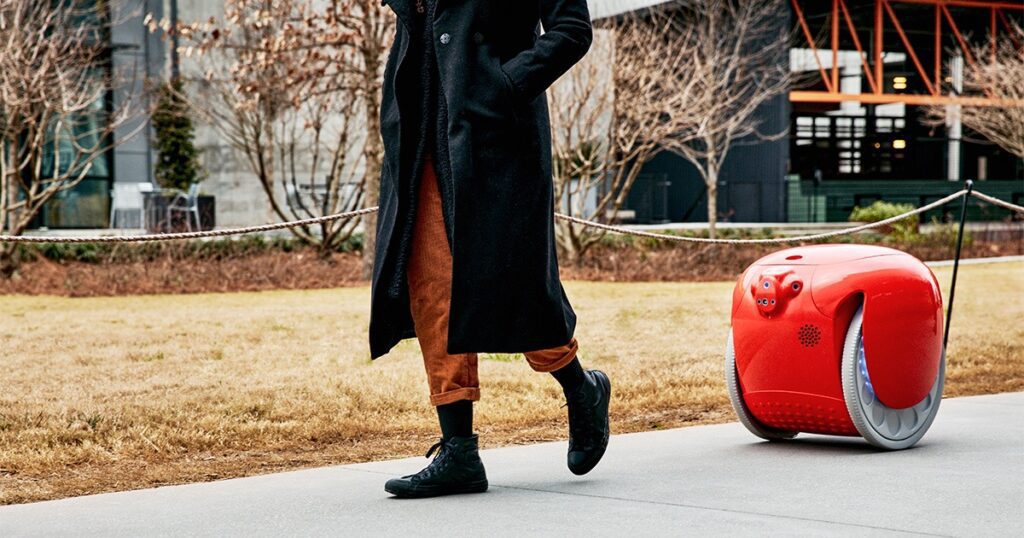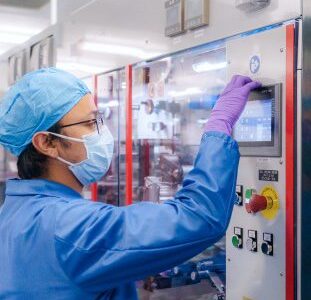No matter how many technological advances in green transportation, none will ever be as environmentally friendly as your feet. Walking is a free, zero-emissions mode of transit — but it’s not ideal if you need to lug a bunch of heavy items around. That’s why many people hop in cars and drive, even if they’re only going around the block.
According to the Federal Highway Administration, more than one-third of daily vehicle trips in the U.S. are two miles or less. About one-fifth of daily trips involve shopping or errands. Replacing these car journeys with walking would go a long way toward reducing carbon emissions. The key is developing technology that allows people to walk and haul items simultaneously. This point is where service robots could play a big part.

Service robots are mainly used for professional purposes such as cleaning, preparing food, milking cows, and assisting in medical procedures. According to data from Verified Market Research, the global market for them was estimated at $30.57 billion in 2021 and is projected to pass $170 billion by 2030.
But there is also a smaller submarket of “follower” robots that tag along with users on errands, mainly to help transport items too bulky to carry. One of the leading players in this sector is Piaggio Fast Forward (PFF), a Boston-based developer of lightweight, intelligent, and sustainable mobility solutions.
The company’s flagship product is the Gita, a follower robot designed to carry belongings so people can travel further and more frequently on foot. The idea is to reduce the public’s reliance on cars for short trips.
“These trips are totally walkable, but nobody’s walking two miles with a bag of dog food,” said Greg Lynn, PFF CEO. “We definitely want to be part of the ecosystem where you don’t have to take a two-ton thing to carry two bags of stuff.”

The Gita was inspired by the Vespa, the iconic motorized scooter manufactured by Italian conglomerate Piaggio & C SpA and popular in Europe. Piaggio wanted a product more suited to the U.S., where sales of the Vespa never really took off. In 2015, the company opened the Piaggio Fast Forward research lab in Boston and put its team to work developing a product that might sell well in the U.S.
That work eventually led to the Gita, which launched in 2019. When activated, the machine is shaped like a tire and follows you wherever you go. It can carry up to 45 pounds, stands 26 inches tall, has a maximum speed of 22 miles per hour, and lasts about eight hours on a single charge. However, at $3,250 per unit, it’s expensive for many consumers.

PFF’s answer was to launch a smaller version, called the Gitamini, that costs $1,850. The Gitamini is light enough to be carried up a flight of stairs and can go anywhere a wheelchair might go, including ramps and elevators. The technology includes two cameras and a depth-sensing radar that profile the silhouette and clothing of users who walk in front of it.
The Gitamini can travel up to 6 miles per hour, carry up to 20 pounds, and go 21 miles on a charge.
According to a report from Wired, follower robots might sound like a 21st-century invention, but they’ve actually been under development since the late 1990s. Early models typically relied on following the location of a tag in the user’s pocket. However, deep learning and computer vision advances allow them to navigate by “seeing” the world through cameras and other sensors.

As these and other service robots become less expensive and more user-friendly, their market has grown considerably. According to the International Federation of Robotics, sales of service droids hit an estimated 45 million units in 2022 — a gain of 25% from the previous year.





